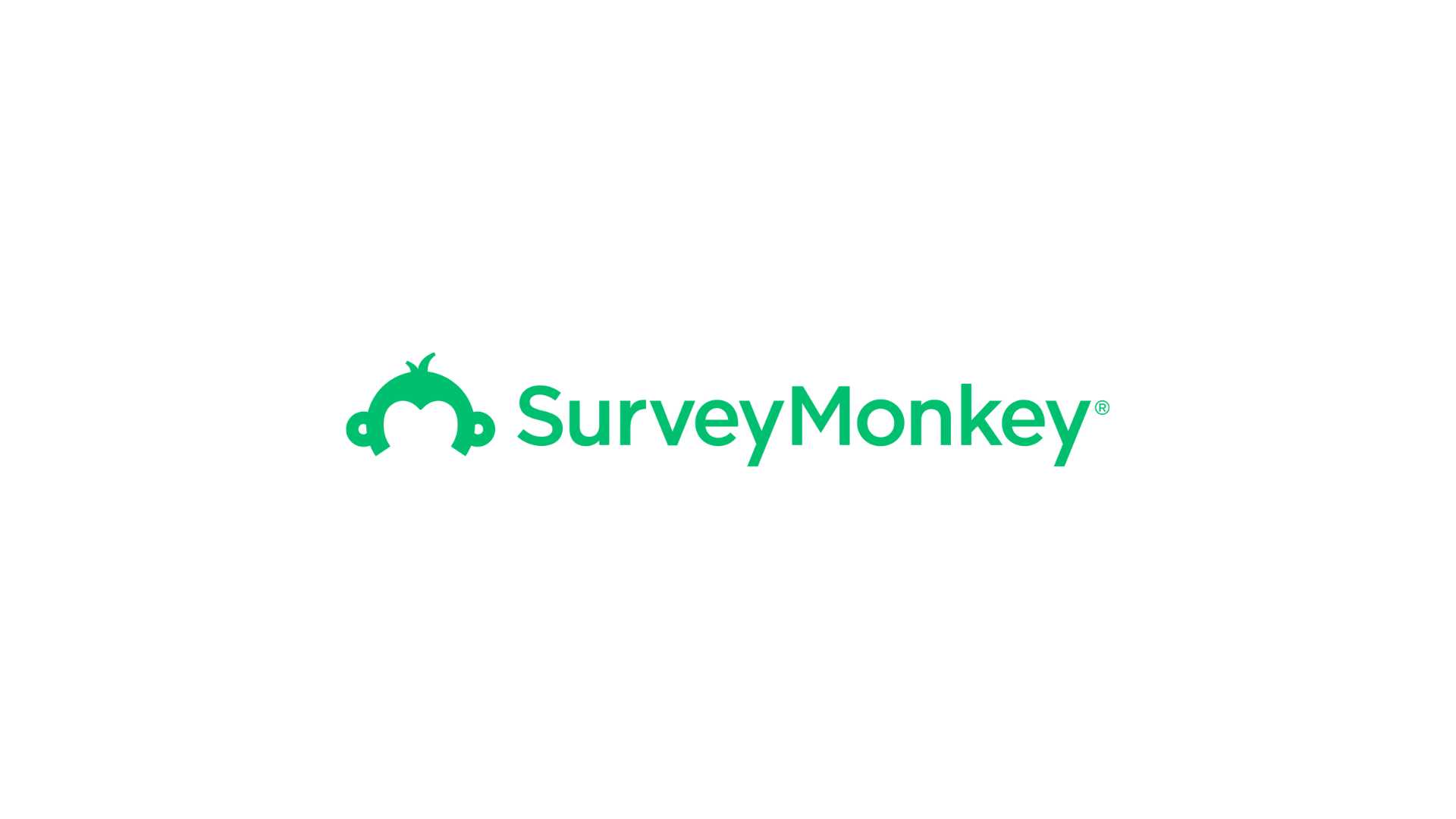The Top 5 Challenges in AI Adoption for FinTech

A leading bank launches a new AI-driven fraud detection system, promising faster responses and stronger customer trust. The system successfully blocks suspicious transactions that are otherwise untraceable. Yet, compliance teams raised concerns about regulatory risks, employees felt uncertain about how AI would impact their roles, and integration with legacy systems proved more expensive.
AI adoption in Financial Services requires a shift in how organizations manage data, train employees, and address ethical concerns. For instance, a bank might use AI to streamline credit scoring, but if the model carries hidden bias, the institution risks regulatory penalties. Similarly, investment firms adopting AI-driven analytics must ensure explainability, so decisions are not perceived as “black box” outputs.
In this article, we’ll explore the top five challenges in AI adoption for Financial Services.
Top 5 Challenges in AI for Financial Services
Below are the top five challenges in AI adoption for Financial Services.
1. Data Quality and Governance
In Financial Services, customer and transaction data often sit across departments and legacy systems. Poor data hygiene or unstructured formats can create flawed insights.
Example: A multinational payments provider attempted to implement AI for real-time fraud detection. However, inconsistent data from multiple geographies led to false positives.
Takeaway: Without enterprise-wide data governance, AI becomes more of a liability than an asset.
2. Regulatory and Compliance Pressures
Financial Services is one of the most heavily regulated industries. Every AI decision must adhere to evolving standards around transparency and explainability.
Example: An investment management firm integrated AI-driven portfolio recommendations. Regulators questioned the explainability of the algorithms, demanding a rationale for investment choices.
Takeaway: Compliance teams must be engaged from day one in AI adoption, not after deployment.
3. Integration with Legacy Systems
Most financial institutions still run on old banking systems. Plugging in AI solutions without rethinking IT architecture leads to cost overruns and missed ROI.
Example: A European bank partnered with a FinTech to deploy AI chatbots for corporate client support. However, integration with outdated CRM systems delayed the rollout, diminishing the competitive advantage.
Takeaway: AI adoption must align with the digital transformation strategy.
4. Talent and Cultural Readiness
Data scientists and AI engineers are scarce, and existing staff may resist tools they perceive as threats to their roles. Building trust and skills is as essential as building algorithms.
Example: A global insurance company introduced AI to accelerate claims processing. Adjusters feared redundancy, slowing adoption. Leadership resolved this by positioning AI as an “assistant” to handle routine tasks.
Takeaway: Upskilling programs and transparent communication are essential to foster a culture of AI readiness.
5. Trust and Ethical Concerns
Biased AI models or unexplained decisions can erode trust quickly. In Financial Services, where relationships hinge on credibility, this risk is amplified.
Example: A credit card issuer deployed AI-driven credit scoring. A partner bank discovered that the algorithm disproportionately rejected small-business owners. The backlash caused reputational damage to both institutions.
Takeaway: Responsible AI frameworks and ethical use must be part of every AI adoption roadmap.
The Importance of AI Adoption for Financial Services
Below are the key reasons why AI matters in FinTech.
1. Risk Management and Fraud Detection
Financial institutions manage high-stakes transactions daily. AI’s ability to detect patterns and anomalies in real-time makes it invaluable for preventing fraud.
Example: A global payment processor adopted AI to monitor merchant transactions for irregularities. It reduced fraud losses and strengthened safeguards for digital payments.
Why it matters: Faster fraud detection enhances trust with business partners and minimizes financial exposure.
2. Improving Customer Experience
AI can analyze behaviors, predict needs, and offer tailored solutions, strengthening loyalty and client retention.
Example: A commercial bank deployed AI-powered virtual assistants to support small and mid-sized businesses with loan inquiries. It reduced service delays and focused on high-value advisory.
Why it matters: Personalization powered by AI helps institutions differentiate in a commoditized market.
3. Driving Operational Efficiency
AI streamlines processes that traditionally relied on manual reviews. For executives, this translates into lower costs and faster turnaround.
Example: An insurance firm integrated AI into its claims workflow for corporate policies. The system flagged fraudulent claims and automated routine approvals, cutting processing times.
Why it matters: Efficiency gains directly improve profitability while enhancing customer experience.
4. Strengthening Compliance and Regulatory Alignment
Regulation in Financial Services is ever-changing. AI tools can automate monitoring and flagging discrepancies.
Example: A wealth management firm used AI-driven compliance checks to monitor portfolio decisions across institutional accounts. This provided transparency to regulators and gave clients confidence in investment practices.
Why it matters: Proactive compliance safeguards reputation and reduces risk.
5. Enabling Data-Driven Decision Making
Financial institutions possess a wealth of data but converting it into actionable intelligence requires AI. From credit scoring to investment insights, AI helps with strategic growth.
Example: A corporate lending provider adopted AI-based risk analytics to evaluate SME borrowers. This allowed them to expand lending portfolios with less risk.
Why it matters: Actionable insights create new business opportunities.
6. Building Future-Readiness
Markets are volatile, and disruption is constant. AI equips FinTech with adaptive models to forecast trends, stress-test portfolios, and prepare for the future.
Example: An asset management firm applied AI to scenario planning for institutional investors. By simulating market disruptions, they were able to offer portfolio strategies.
Why it matters: AI adoption ensures institutions remain agile in responding to future shifts.
Conclusion
The future of Financial Services will be defined by how effectively AI is implemented. Those who hesitate risk falling behind in an industry where innovation and trust must coexist. The challenges are real, but so are the opportunities. By treating AI adoption, you are keeping pace with change and setting the pace for the future. If your organization is ready to unlock AI’s strategic potential, start by assessing your readiness against these five challenges.



